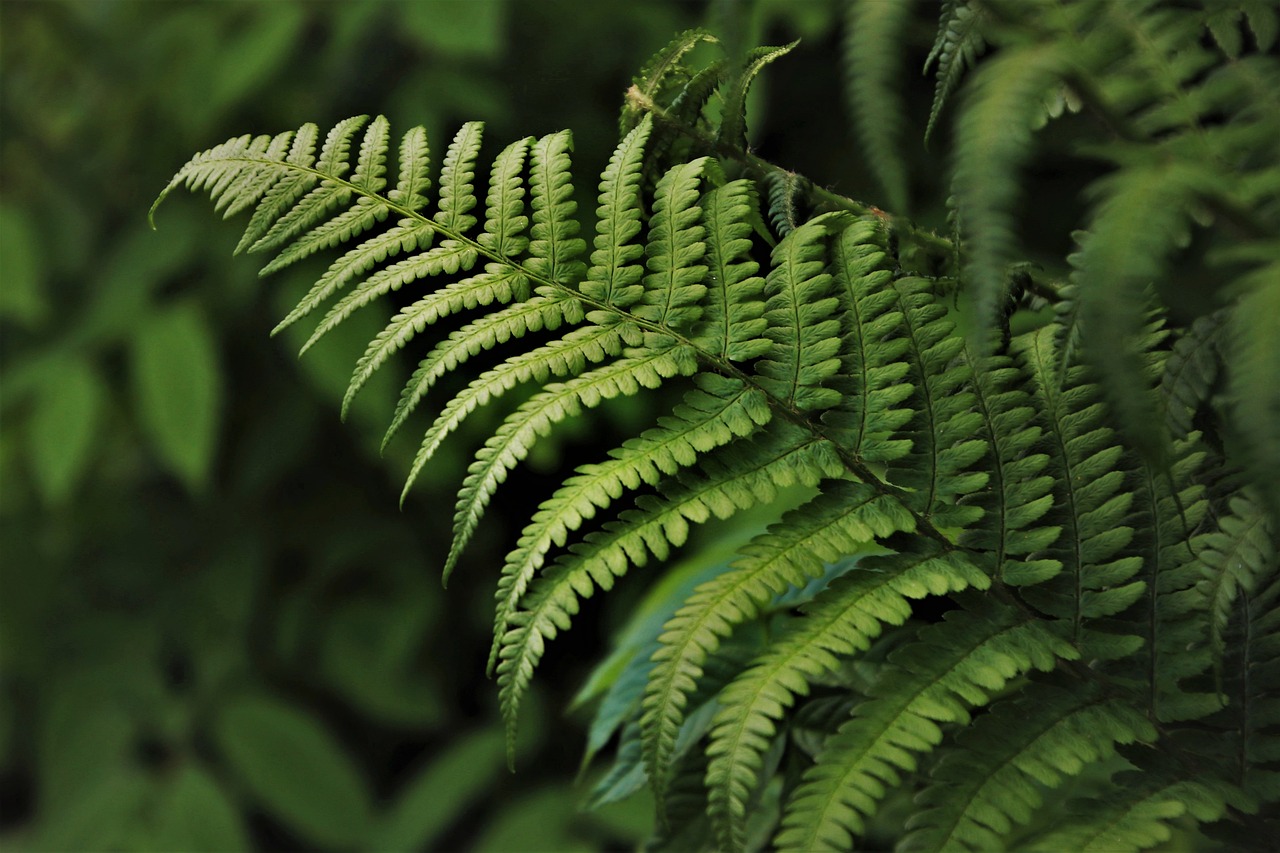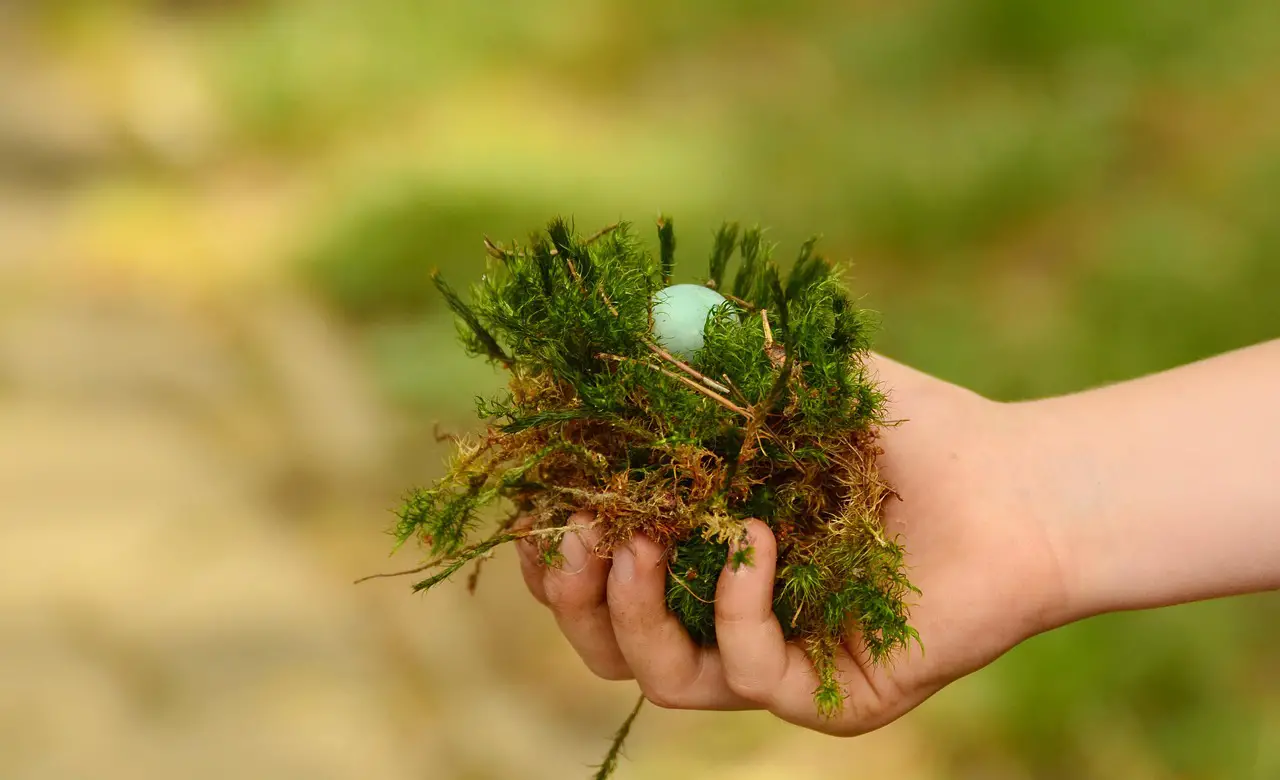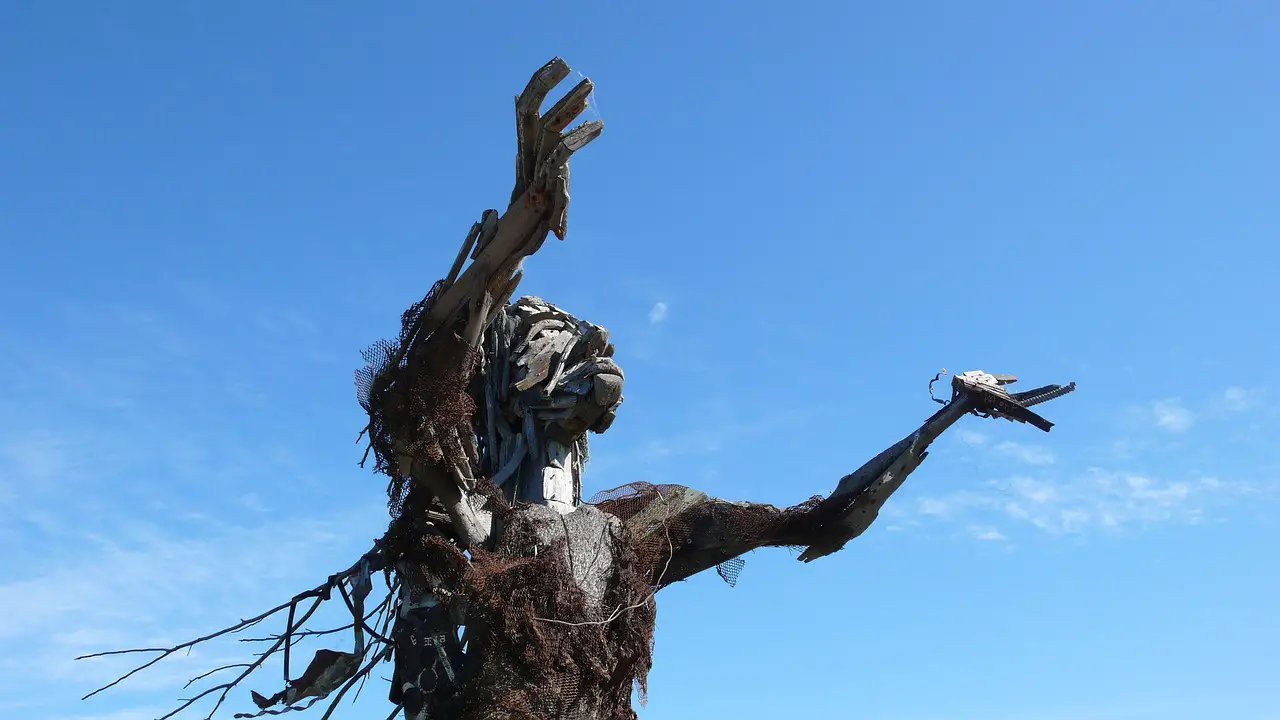Common undergrowth found in oak tree habitats includes various species of shrubs, herbs, and grasses. Notable examples are ferns, wildflowers, and certain types of berry-producing plants. This rich diversity contributes significantly to the ecosystem, supporting numerous animal species.
Understanding Oak Tree Habitats

Oak trees are vital components of many forest ecosystems. They provide food and shelter for countless wildlife species. The habitats where these trees thrive are often characterized by a diverse undergrowth. This undergrowth plays a crucial role in maintaining the health of the ecosystem. It offers nutrients, protects the soil, and promotes biodiversity.
The undergrowth in oak forests can vary widely depending on the geographic location, climate, and specific type of oak tree. Some species are better suited to certain conditions. For instance, some oaks thrive in dry, sandy soils, while others prefer wetter environments. The resulting undergrowth reflects these conditions.
Types of Common Undergrowth
Several types of plants commonly grow beneath oak trees. These include:
- Ferns: Ferns are often found in the shade of oak trees. They thrive in moist, shaded areas and can create a lush green carpet on the forest floor.
- Wildflowers: Various wildflowers bloom in the spring and summer months. Some popular species include bluebells, trilliums, and violets. These flowers not only beautify the habitat but also attract pollinators.
- Shrubs: Shrubs like dogwood and serviceberry provide food and shelter for birds and other wildlife. They often bear fruit that is crucial for many animals.
- Grasses: Different species of grasses can be found in oak habitats. They help prevent soil erosion and provide cover for smaller animals.
Ecological Importance of Undergrowth
The undergrowth in oak tree habitats is essential for several reasons. It helps maintain soil health by preventing erosion. The roots of undergrowth plants hold the soil together, reducing runoff during heavy rains. Additionally, these plants contribute organic matter back into the soil as they decompose.
Moreover, the diverse plant life creates a robust food web. Herbivores feed on the undergrowth, which in turn supports predators higher up in the food chain. Birds and small mammals rely heavily on the shrubs and wildflowers for food and nesting sites.
Factors Influencing Undergrowth Growth
Several factors can influence the type and abundance of undergrowth in oak habitats. These include:
- Light Availability: Oak trees can cast significant shade, limiting the growth of sun-loving plants. The amount of sunlight that reaches the forest floor can determine which species thrive.
- Soil Composition: The nutrient content and pH level of the soil affect plant growth. Some plants prefer acidic soils, while others thrive in alkaline conditions.
- Moisture Levels: The availability of water is crucial for all plant life. Drier conditions may favor drought-resistant species, while moist areas support a different set of plants.
- Human Activities: Urban development, logging, and agriculture can disrupt natural habitats. These activities can lead to a decline in native undergrowth species.
Conservation Efforts
Conserving oak tree habitats is vital for maintaining their rich undergrowth. Efforts to protect these ecosystems often focus on sustainable land management practices. Reforestation and controlling invasive species are crucial strategies to ensure that native plants continue to thrive.
In addition to protecting existing habitats, education about the importance of these ecosystems can foster community involvement in conservation efforts. Schools and local organizations can participate in programs aimed at preserving biodiversity.
Flora Diversity in Oak Tree Habitats
The flora within oak tree habitats is remarkably diverse. This diversity stems from the varying conditions that these habitats offer. Different plant species have adapted to thrive under the canopy of oak trees, leading to a rich tapestry of life. Understanding this diversity is essential for appreciating the ecological roles these plants play.
Key Plant Species in Oak Undergrowth
Several key plant species are often found in the undergrowth of oak forests. These plants not only coexist with oak trees but also contribute to the overall health of the ecosystem. Here are some prominent species:
- Bluebell (Hyacinthoides non-scripta): This beautiful wildflower blooms in spring, carpeting the forest floor with its vibrant blue flowers. Bluebells thrive in shaded areas and attract various pollinators.
- Ferns (e.g., Dryopteris filix-mas): Commonly known as male fern, it grows in moist, shaded environments. Its fronds create a lush green environment, providing habitat for small creatures.
- Wild Strawberry (Fragaria vesca): This ground-hugging plant produces sweet, edible berries. It thrives in dappled sunlight and provides food for birds and small mammals.
- Serviceberry (Amelanchier spp.): Known for its white flowers in spring and delicious berries in summer, serviceberry is a vital food source for birds and other wildlife.
- Poison Ivy (Toxicodendron radicans): While often considered a nuisance, poison ivy plays a role in the ecosystem. It provides food for various animals, particularly during the fall.
Invasive Species Threatening Oak Undergrowth
While many native species thrive in oak habitats, invasive species pose significant threats to these ecosystems. Invasive plants can outcompete native flora, leading to a decline in biodiversity. Some common invasive species include:
- Japanese Knotweed (Fallopia japonica): This aggressive plant spreads rapidly, choking out native species and altering habitats.
- Garlic Mustard (Alliaria petiolata): This biennial herb outcompetes native plants for resources, disrupting local ecosystems.
- Buckthorn (Rhamnus spp.): Buckthorn bushes grow quickly and shade out native plants, further reducing biodiversity.
Interactions Between Flora and Fauna
The interactions between undergrowth plants and wildlife in oak tree habitats are intricate and vital. These relationships contribute to the overall functioning of the ecosystem. Here are a few examples:
- Pollination: Wildflowers such as bluebells attract bees, butterflies, and other pollinators. These insects play a crucial role in fertilizing plants, leading to fruit and seed production.
- Food Sources: Many animals rely on undergrowth plants for nutrition. For instance, deer feed on leaves and shrubs, while birds consume berries and seeds.
- Nesting Materials: Birds often use grasses and leaves from undergrowth plants to build their nests. This provides shelter and safety for their young.
The Role of Undergrowth in Soil Health
The undergrowth in oak habitats is essential for maintaining soil health. The roots of these plants help anchor the soil, preventing erosion caused by wind and water. Additionally, they contribute organic matter through leaf litter and decaying plant material.
This organic matter enriches the soil with nutrients, promoting the growth of other plants. Healthy soil is crucial not only for the plants themselves but also for the insects and animals that rely on them for food and habitat.
Seasonal Changes in Oak Undergrowth
The undergrowth of oak habitats undergoes significant changes throughout the seasons. In spring, wildflowers bloom, creating colorful displays. As summer progresses, ferns and shrubs grow lush, providing shade and shelter.
In autumn, many plants produce seeds and berries, becoming vital food sources for wildlife preparing for winter. As winter approaches, deciduous plants lose their leaves, but their presence remains important as they protect the soil and provide habitat during colder months.

This seasonal cycle highlights the dynamic nature of oak tree habitats and their undergrowth. Understanding these changes can help in conservation efforts aimed at protecting these important ecosystems.
Wildlife Interactions in Oak Tree Habitats
The undergrowth of oak habitats is not just a collection of plants; it is a thriving ecosystem that supports a wide variety of wildlife. The interactions between flora and fauna are complex and essential for maintaining a balanced environment. Understanding these interactions can provide insights into how different species coexist and rely on each other.
Birds and Their Dependence on Understory Plants
Birds are one of the most visible inhabitants of oak tree habitats. Many species rely on the undergrowth for food and nesting sites. Here are some notable ways birds interact with these ecosystems:
- Nesting: Birds such as thrushes and sparrows often build their nests in shrubs and low branches. The dense undergrowth provides cover from predators.
- Foraging: Many birds forage for insects, seeds, and berries among the undergrowth. Species like the American Robin and Northern Cardinal can be seen searching for food.
- Migration Stopovers: Some migratory birds use oak habitats as stopover points. The availability of food sources in the undergrowth helps them replenish their energy during long journeys.
Mammals and Their Habitats
Various mammals also thrive in oak tree habitats, benefiting from the rich undergrowth. These mammals play significant roles in seed dispersal and soil aeration. Here are some common mammal inhabitants:
- White-tailed Deer: This species frequently grazes on shrubs and young trees, helping to shape the vegetation structure.
- Squirrels: Both Eastern Gray Squirrels and Fox Squirrels depend on oak trees and their understory for food. They are known to forage for acorns and nuts.
- Rabbits: Eastern Cottontail Rabbits find shelter in the dense undergrowth while feeding on grasses and young shoots.
Insect Life and Its Importance
The undergrowth is also teeming with insect life, which plays crucial roles in pollination and as a food source for other animals. Key insect groups include:
- Bees: Various bee species, such as honeybees and bumblebees, pollinate flowers like bluebells and wild strawberries, contributing to plant reproduction.
- Butterflies: Butterflies rely on nectar from wildflowers during their life cycles. Species like the Eastern Tiger Swallowtail are common in these habitats.
- Beetles: Many beetles help decompose organic matter, returning nutrients to the soil, which promotes healthy plant growth.
The Role of Fungi in Oak Ecosystems
Fungi are often overlooked but play an essential role in oak tree habitats. Mycorrhizal fungi form symbiotic relationships with plant roots, enhancing nutrient uptake. They contribute to soil health in several ways:
- Nutrient Cycling: Fungi break down organic materials, releasing nutrients back into the soil for plant use.
- Soil Structure: The mycelium networks help improve soil structure, increasing water retention and aeration.
- Plant Health: Healthy fungi populations can protect plants from pathogens, promoting overall ecosystem stability.
Predators and Their Role in Ecosystem Balance
Predators also play a vital role in maintaining balance within oak tree habitats. They control populations of smaller animals, ensuring that no single species dominates the ecosystem. Common predators include:
- Hawks: Birds of prey like the Red-tailed Hawk hunt small mammals and birds, helping to keep populations in check.
- Foxes: Red foxes are opportunistic feeders that prey on rodents, rabbits, and birds, contributing to ecosystem dynamics.
- Snakes: Various snake species help control rodent populations, acting as natural pest control within the habitat.
The Importance of Biodiversity in Oak Habitats

Biodiversity is crucial for the resilience of oak tree habitats. A diverse range of species ensures that ecosystems can withstand environmental changes and disturbances. Here are some benefits associated with high biodiversity:
- Ecosystem Stability: Diverse ecosystems are more stable and can better withstand diseases, pests, and climate variations.
- Resource Availability: Greater biodiversity means a wider range of resources available for wildlife, supporting various life forms.
- Cultural Significance: Biodiverse habitats enrich human experiences and cultural practices, providing recreational opportunities and inspiration.
This intricate web of life within oak tree habitats emphasizes the importance of conservation efforts aimed at preserving both flora and fauna. Protecting these ecosystems ensures that future generations can enjoy their benefits.
Threats to Oak Tree Habitats

Despite their ecological importance, oak tree habitats face numerous threats that can disrupt their delicate balance. Understanding these threats is essential for effective conservation efforts. Key threats include:
- Deforestation: Urban expansion and agricultural practices often lead to the clearing of oak forests. This loss of habitat reduces biodiversity and disrupts local ecosystems.
- Climate Change: Changes in temperature and precipitation patterns can alter the conditions required for oak tree growth and the health of associated undergrowth.
- Invasive Species: As previously mentioned, invasive plants and animals can outcompete native species for resources, threatening the stability of the ecosystem.
- Pests and Diseases: Insects and diseases can devastate oak trees, leading to declines in tree populations that provide crucial habitat for undergrowth species.
Community Involvement in Conservation
Community involvement is vital to the success of conservation efforts aimed at protecting oak tree habitats. Local communities can play a significant role in preserving these ecosystems through various actions:
- Education Programs: Schools and community organizations can develop educational initiatives to raise awareness about the importance of oak habitats and their associated undergrowth.
- Volunteer Activities: Organizing cleanup days, planting native species, and removing invasive plants are practical ways for communities to contribute to conservation efforts.
- Citizen Science: Engaging local residents in data collection and monitoring programs can help scientists track changes in biodiversity and ecosystem health.
The Role of Policy and Legislation
Effective policy and legislation are crucial for safeguarding oak tree habitats. Government actions can support conservation efforts through:
- Protected Areas: Establishing nature reserves or protected areas can help preserve critical habitats. These spaces allow ecosystems to function with minimal human interference.
- Restoration Projects: Funding restoration projects can help rehabilitate degraded oak habitats, allowing ecosystems to recover and thrive.
- Incentives for Sustainable Practices: Encouraging sustainable forestry and land use practices helps balance human needs with environmental stewardship.
Final Thoughts
The undergrowth found in oak tree habitats is a vital component of forest ecosystems. It supports a diverse array of wildlife, contributes to soil health, and enhances the overall beauty of these environments. The intricate relationships between flora and fauna within these habitats underscore the need for ongoing conservation efforts.
As we recognize the threats facing oak tree habitats, it becomes clear that proactive measures are essential. Community involvement, effective policy, and education can significantly impact the preservation of these ecosystems. By engaging local populations and raising awareness, we can foster a culture of conservation that ensures the survival of oak tree habitats for future generations.
In summary, sustaining biodiversity within oak tree habitats is not merely an environmental issue; it is a matter of cultural and ecological importance. Each plant and animal plays a role in this ecosystem, contributing to its resilience and functionality. The time to act is now, as the health of these habitats reflects our commitment to preserving nature’s beauty and complexity.
